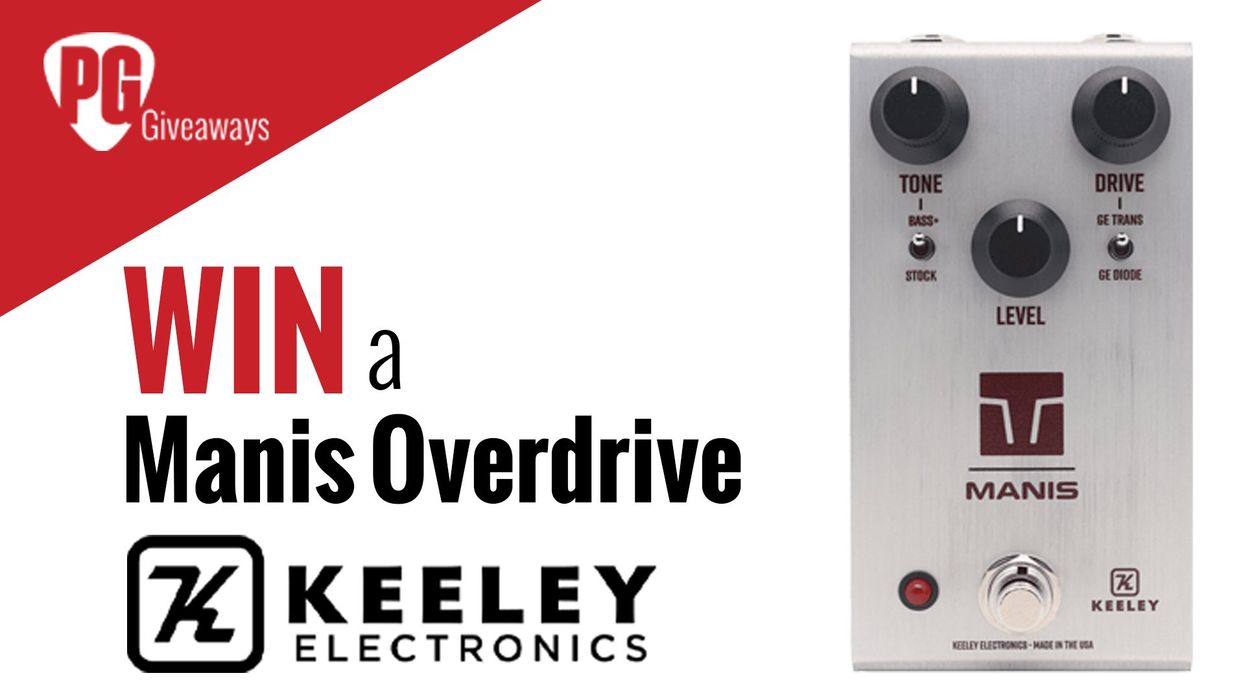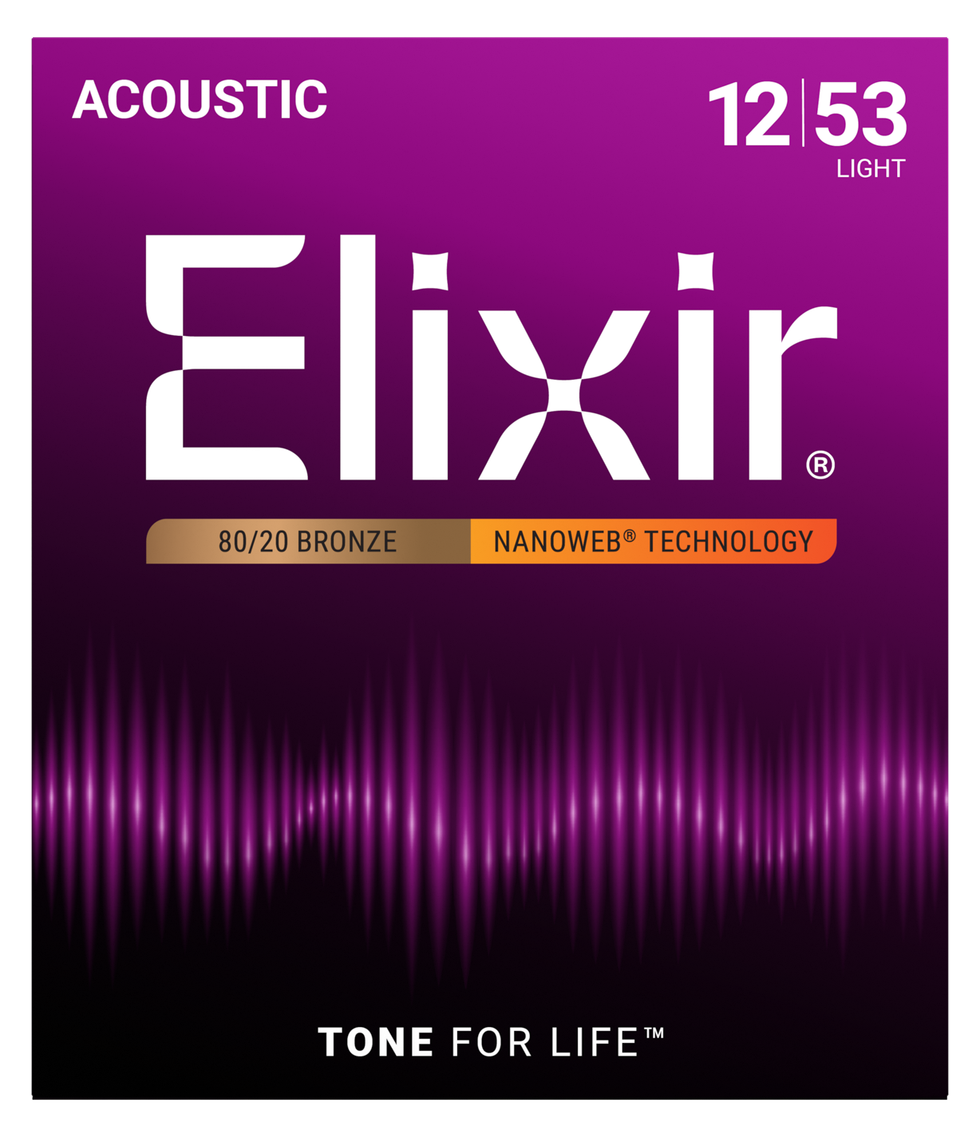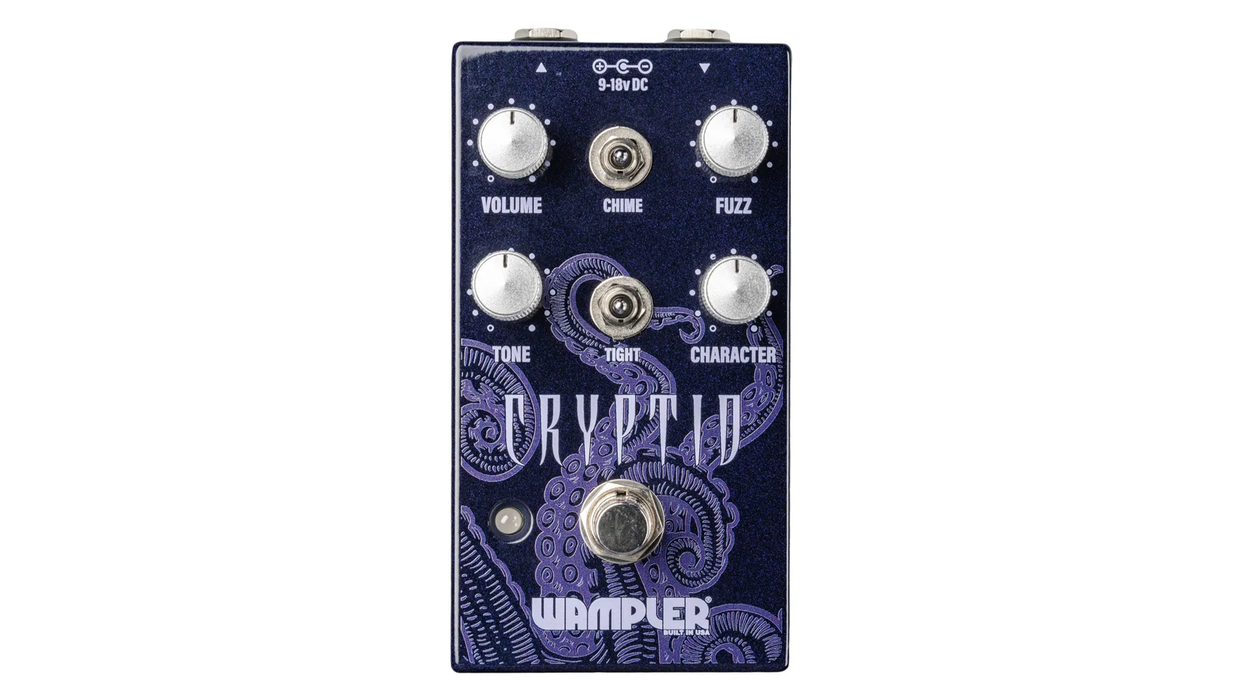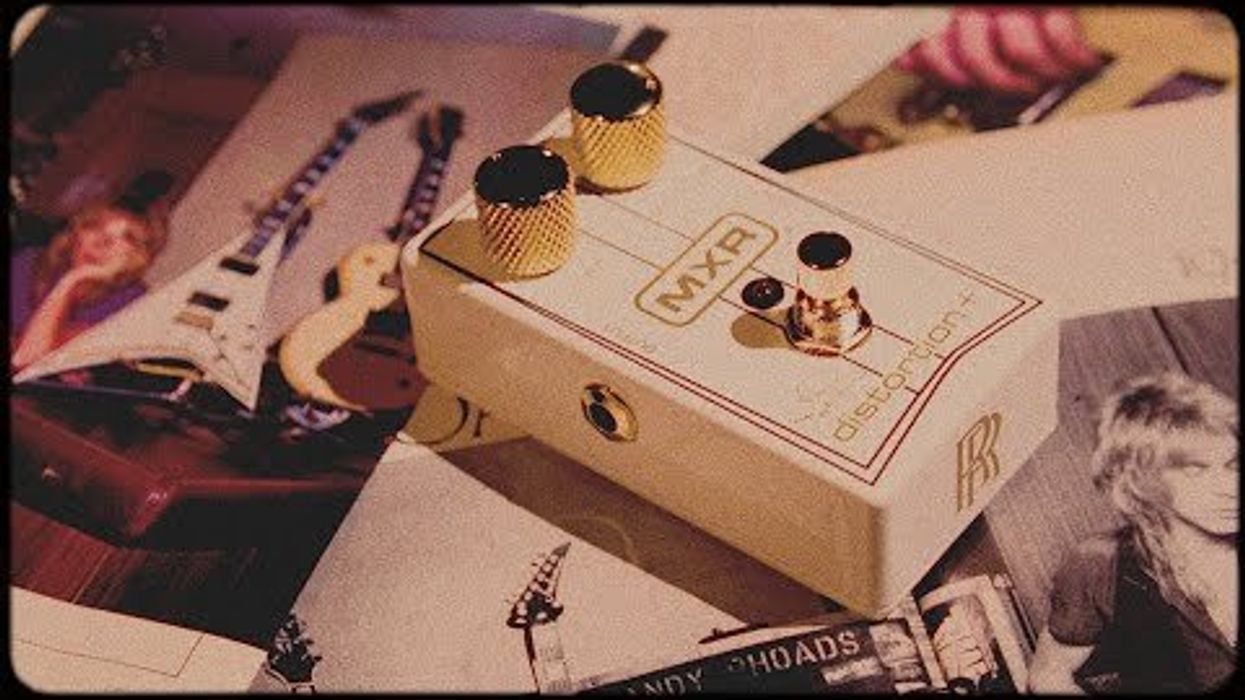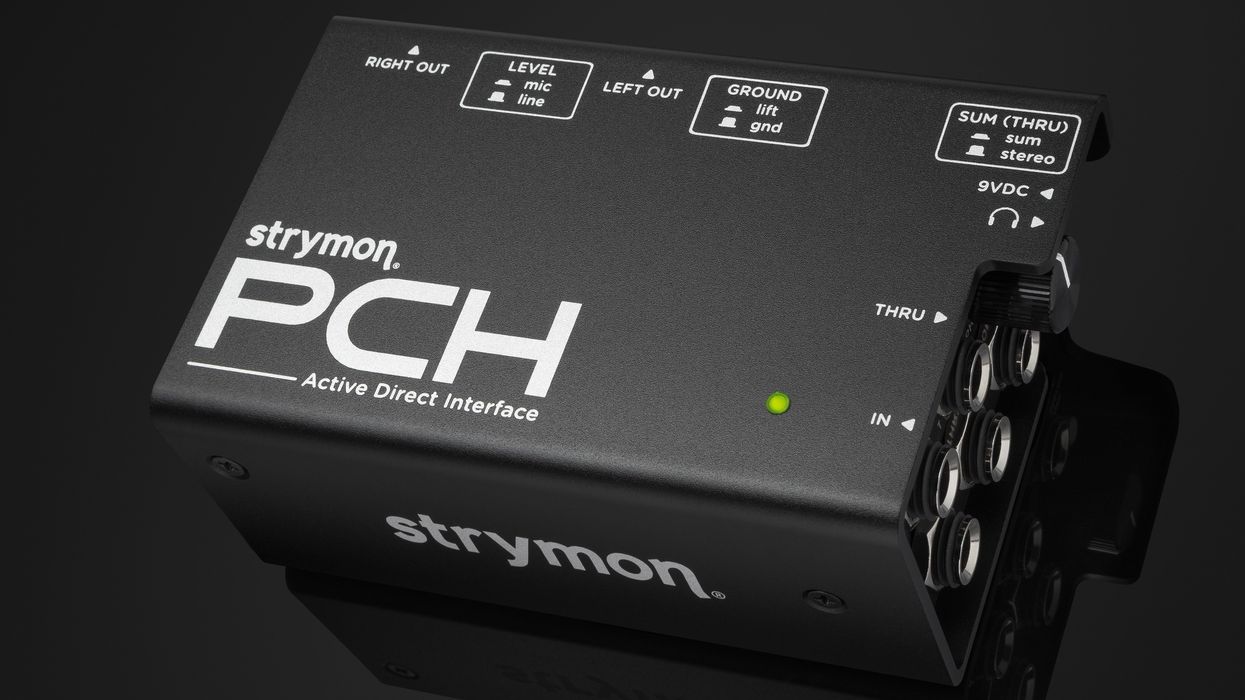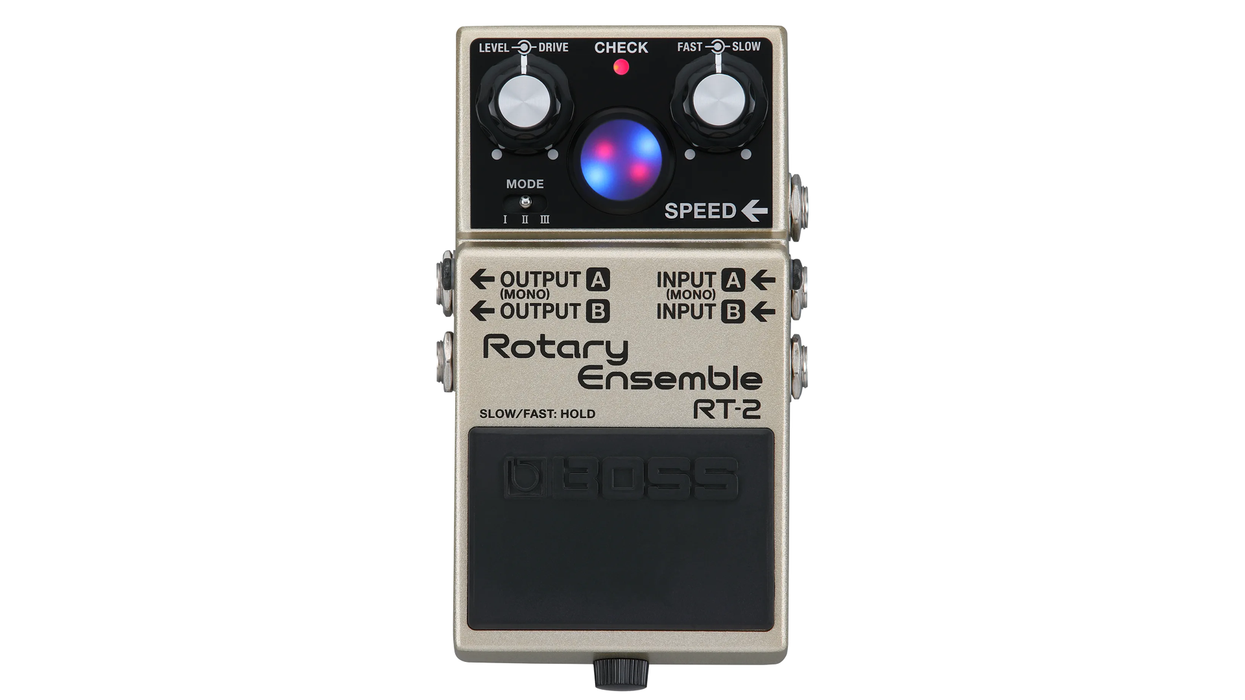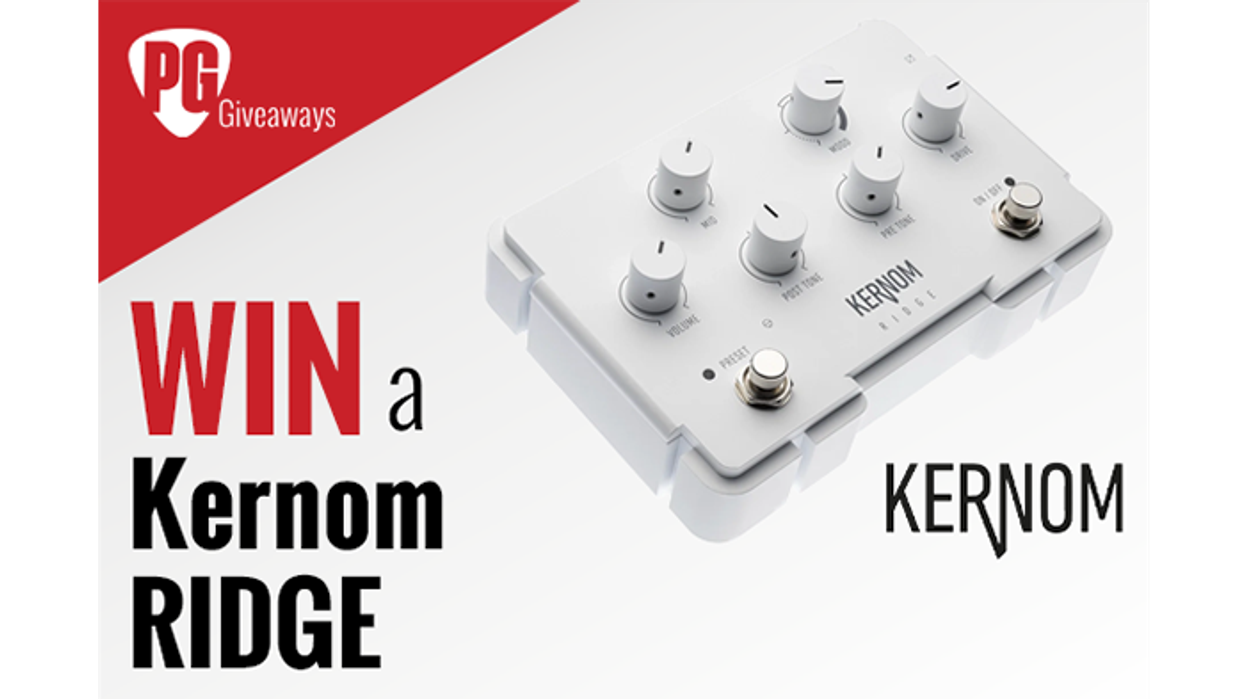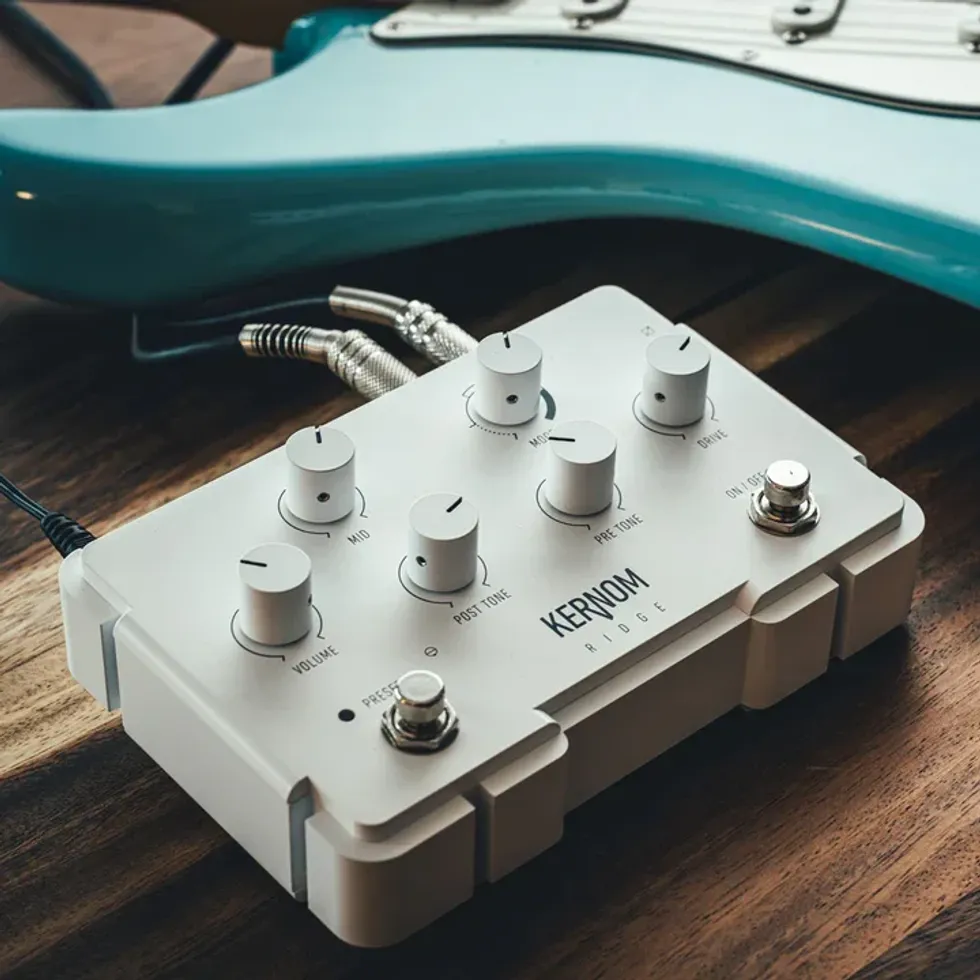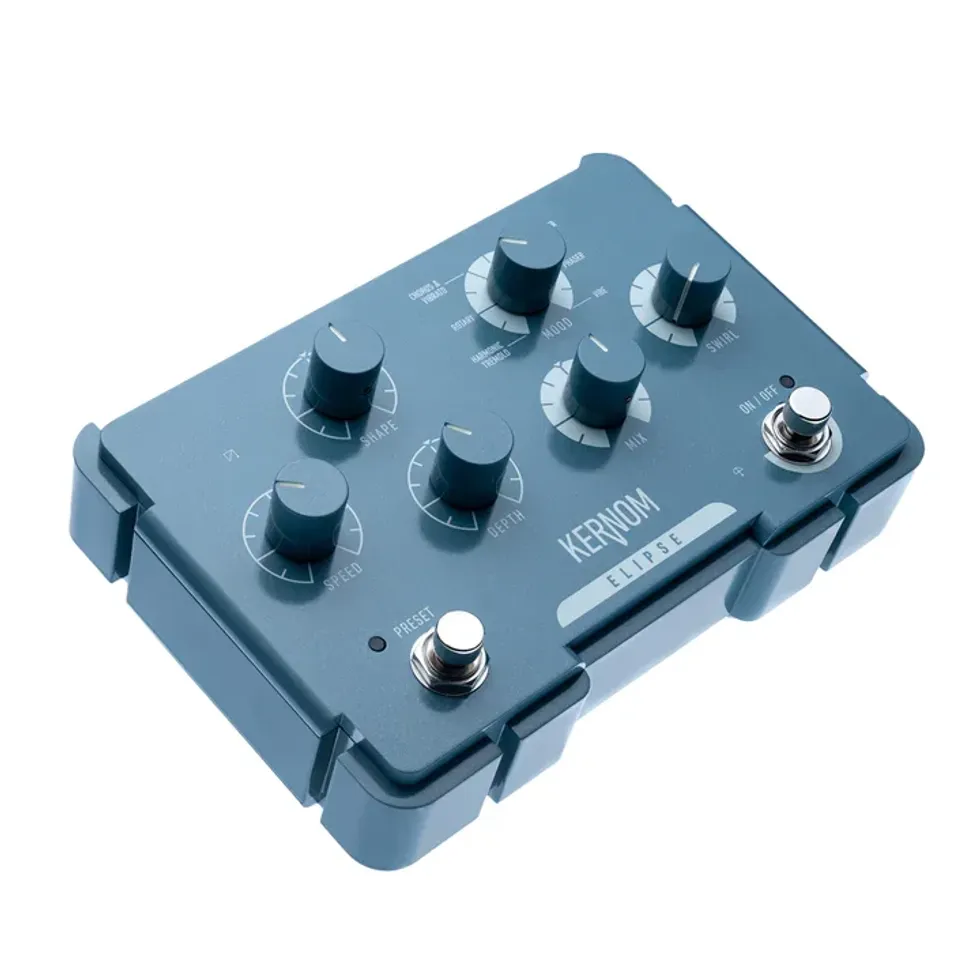You could WIN a Tremolo8 from Catalinbread in this week's giveaway. Enter before June 6, 2023 for your chance to win!
Catalinbread Tremolo 8 Pedal
In a past life, this project started as a pedal for our personal enjoyment; a digitized model of the Fender Showman’s "harmonic vibrato". The experiment was a resounding success, so we started experimenting with more LFOs and more tremolo styles. We really like the sound of tremolo splashing against a reverb like Magnatones or Vibro Champs and our previous work on the Topanga Burnside reflects this. At the same time, we are suckers for bigger ethereal reverbs so we decided to add some trem-specific reverb algorithms and a subtle tone control. After researching and implementing them to exhaustion, we discovered that not all LFOs are created equal and some are much more equal than others. A sawtooth LFO leads to wild reverse-esque sonic manipulation and a fluttery compressed sound when set low. A square wave with a duty cycle control ("on" time) leads to a thumping, stuttering reverb sound, so why not turbocharge the square wave to a few kilohertz and churn out some wacky sum and difference frequencies? In a completely different program, trem modulation with chorus floating on top sounded too good to leave out. When working on the Many Worlds we had so much fun with the envelope-controlled phase angle that we wanted something like that in here, so we crafted an envelope-controlled trem rate with adjustable sensitivity and attack/decay, leading to head-spinning effects when letting chords ring out or when cranking some touch-sensitive solos.





